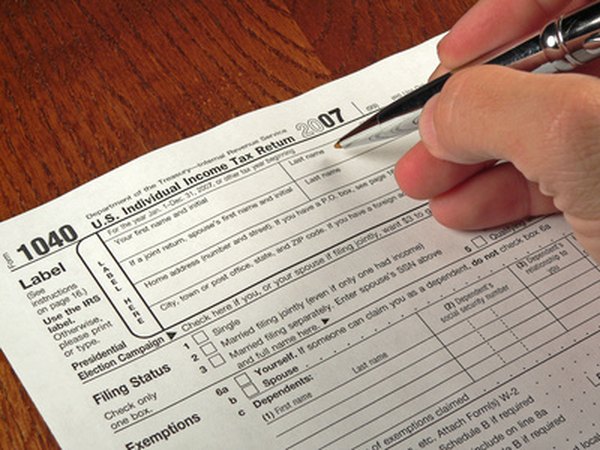Can I Get My 401(k) if I Am Vested?
Just because you're vested doesn't mean you can withdraw from your 401(k) plan.
tax forms image by Chad McDermott from Fotolia.com
Contributions you make to your 401(k) plan are always 100 percent vested. However, when your employer contributes money to your 401(k) plan, those contributions might not be vested immediately. If you leave your job before the contributions vest, that portion of your 401(k) plan reverts to the company, so you can’t roll it into another plan. Even if you are fully vested in your 401(k) plan, you might not be eligible to take money out.
Tip
Even when you are 100 percent vested, your plan may have rules on when you can take money out of your 401(k). Therefore, being fully vested does not guarantee you can take money out whenever you'd like.
Minimum Vesting Schedules
Federal law requires that your employer vest you no slower than one of the minimum required vesting schedules. The first option is called “cliff vesting” and requires that you be 100 percent vested by the end of three years. But, prior to the three-year mark, your employer doesn’t have to vest you at all. So, if you leave your job after two years and 11 months, you could lose out on all the contributions your employer made.
The second alternative is called "graduated vesting." With this type of vesting, your employer must vest you in at least 20 percent of the company’s contributions after the end of your second year, and then an additional 20 percent each year after that. This makes you fully vested at the end of your sixth year. So, if you left after three years, you would keep 40 percent of your employer’s contributions.
Accessing Your 401(k) Plan
Even if you are fully vested in your 401(k) plan, you might not be able to withdraw from it whenever you want. You'll need to check with your plan's administrator or read your summary plan to learn what rules apply. In some cases, you can’t withdraw your 401(k) money unless you become disabled, leave your job, reach age 59 ½ or, under certain plans, incur a financial hardship.
If you are able to withdraw from your account, you’ll owe an additional 10 percent tax penalty on your distribution unless you are at least 59 ½ years old. If you die, your beneficiaries can withdraw the money from your 401(k) plan.
Vesting's Effects on 401(k) Loans
Many 401(k) plans allow you to take a loan from the balance of your plan. However, the maximum amount you can borrow is limited to the smaller of $50,000 or half of your vested account balance. For example, if your 401(k) balance is $60,000, but only $40,000 is vested, your maximum loan is $20,000. But, once the entire $60,000 balance is vested, the maximum amount you can borrow increases to $30,000.
References
Writer Bio
Based in the Kansas City area, Mike specializes in personal finance and business topics. He has been writing since 2009 and has been published by "Quicken," "TurboTax," and "The Motley Fool."

